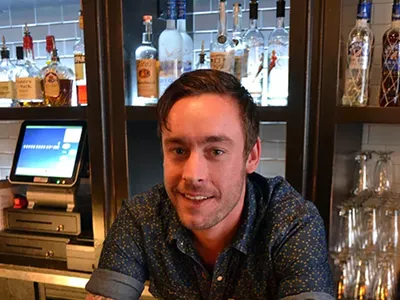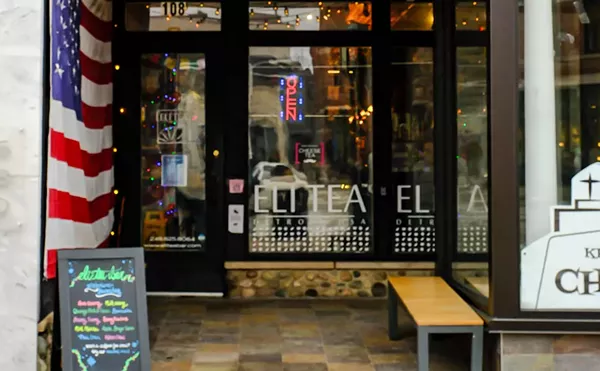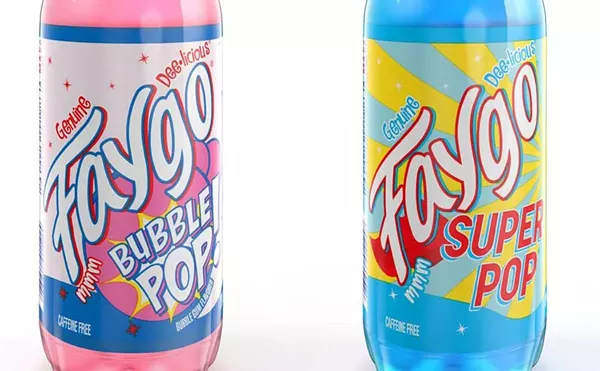One of the big success stories of the last decade has been craft distilling. Figures from the Distilled Spirits Council of the United States show that the growth of distilled spirits outpaced that of wine and beer from 1999 to 2012, and the highest annual sales growth occurred among premium craft distillers at an annual rate of 7.6 percent. Not even the economic downturn balked that growth. Since 2005, the number of microdistilleries increased from 50 to 600. Most of that activity is on the West Coast, but the state of Michigan is a major contributor to that sum.
What's driving this growth? Many of the same factors driving the craft beer craze, notably a growing demand among young drinkers for locality and authenticity, as well as a loosening of distilling laws to accommodate microdistilleries, changing rigid rules that have been in place since the repeal of Prohibition in 1933. It's hard to believe, but when Two James Distillery opened in Corktown in 2013, it was the first licensed distillery in Detroit in 80 years, and it was joined scarcely a year later by Detroit City Distillery in Eastern Market.
Another thing that's helping Michigan's microdistilleries along is Michigan State University's Artisan Distilling Workshop, which often works with upstart distillers to help them perfect and, in some cases, produce their products.
To see how taken the public is with craft distilling, look at the folks lined up on a weekend night to get into Valentine Distilling in Ferndale, or patrons crowding into Detroit City Distillery on a normally sleepy weeknight in Eastern Market.
The products they're producing are branching out too. Two James and Detroit City produce whiskey, bourbon, vodka, and even gin. It wasn't long ago that gin was seldom ordered, almost ousted from its martini glass by vodka, and more often slung with tonic and lime. Craft distilling has changed that, with unusual gins about as different as possible from the astringent, juniper-laden spirit your parents knew. Valentine has even taken a page from the bubbling West Coast distilling scene and marketed a cask-aged amber gin with herbal scents, more like whiskey than Bombay Sapphire.
The view isn't all rosy, of course. Microdistilling is a resource-intensive business that takes plenty of time to get up to speed while expensive processes are at work. But it's worth noting that Michigan is one of the states on the leading edge of the trend, making it worth a toast to a happy new year for us all.






